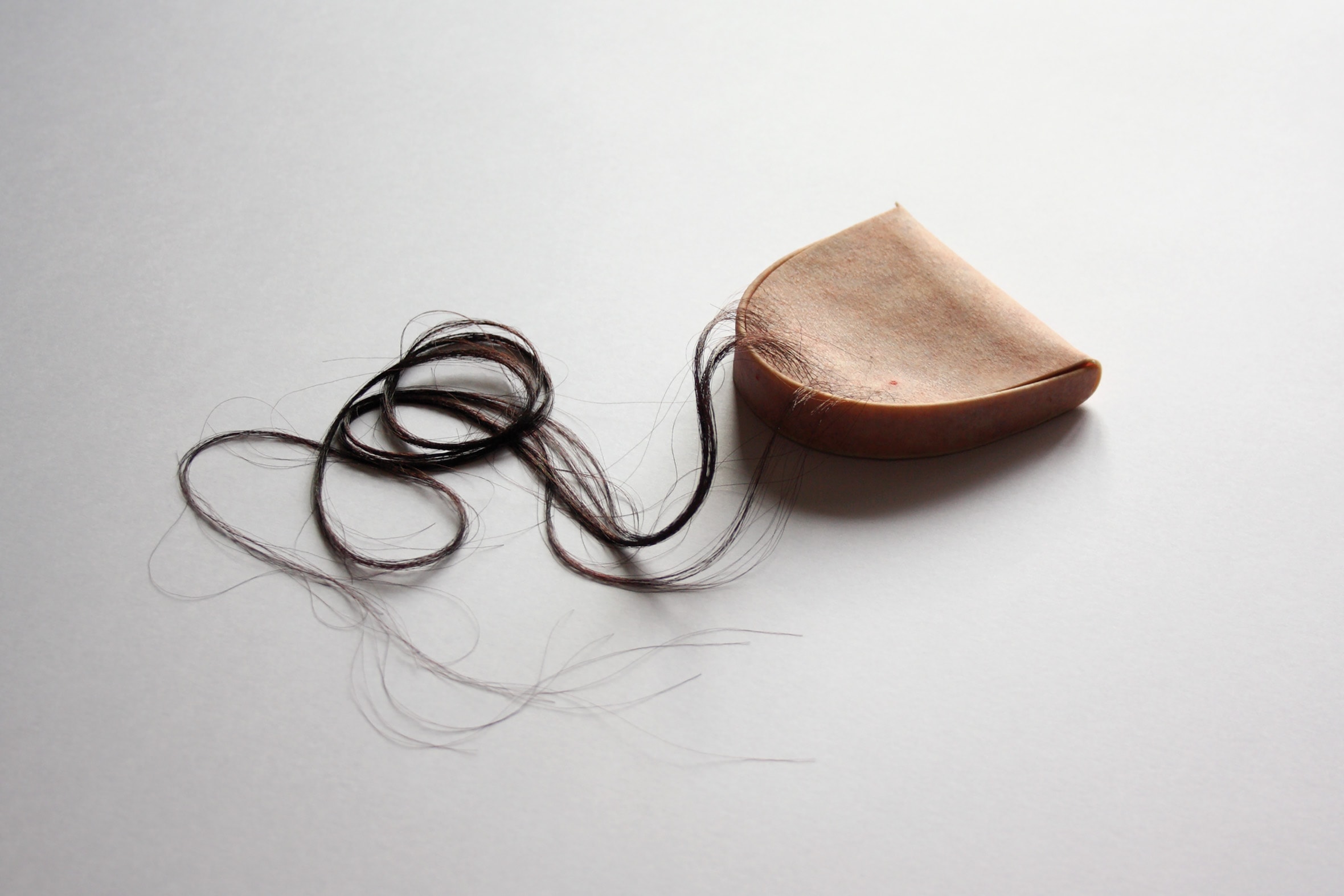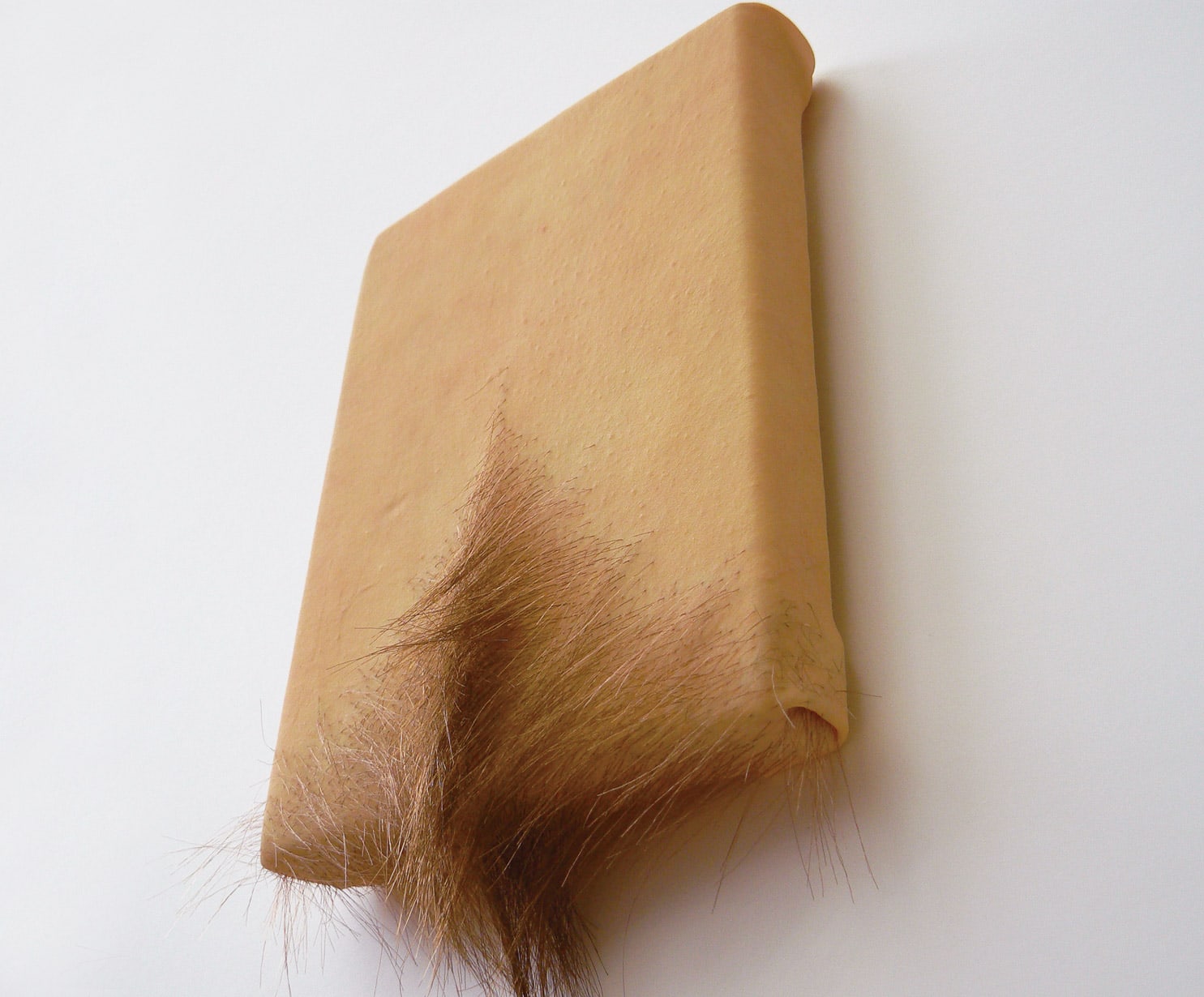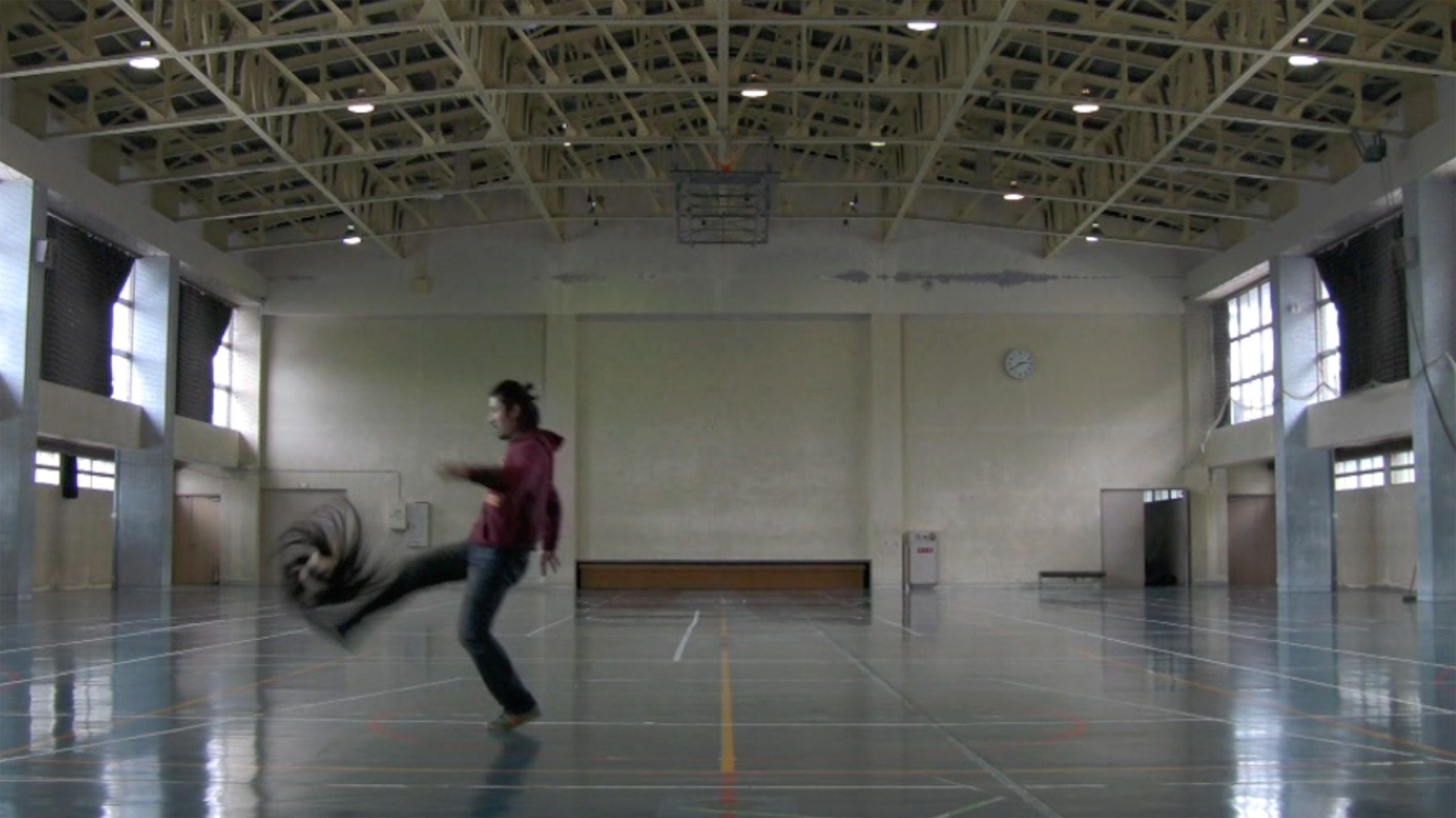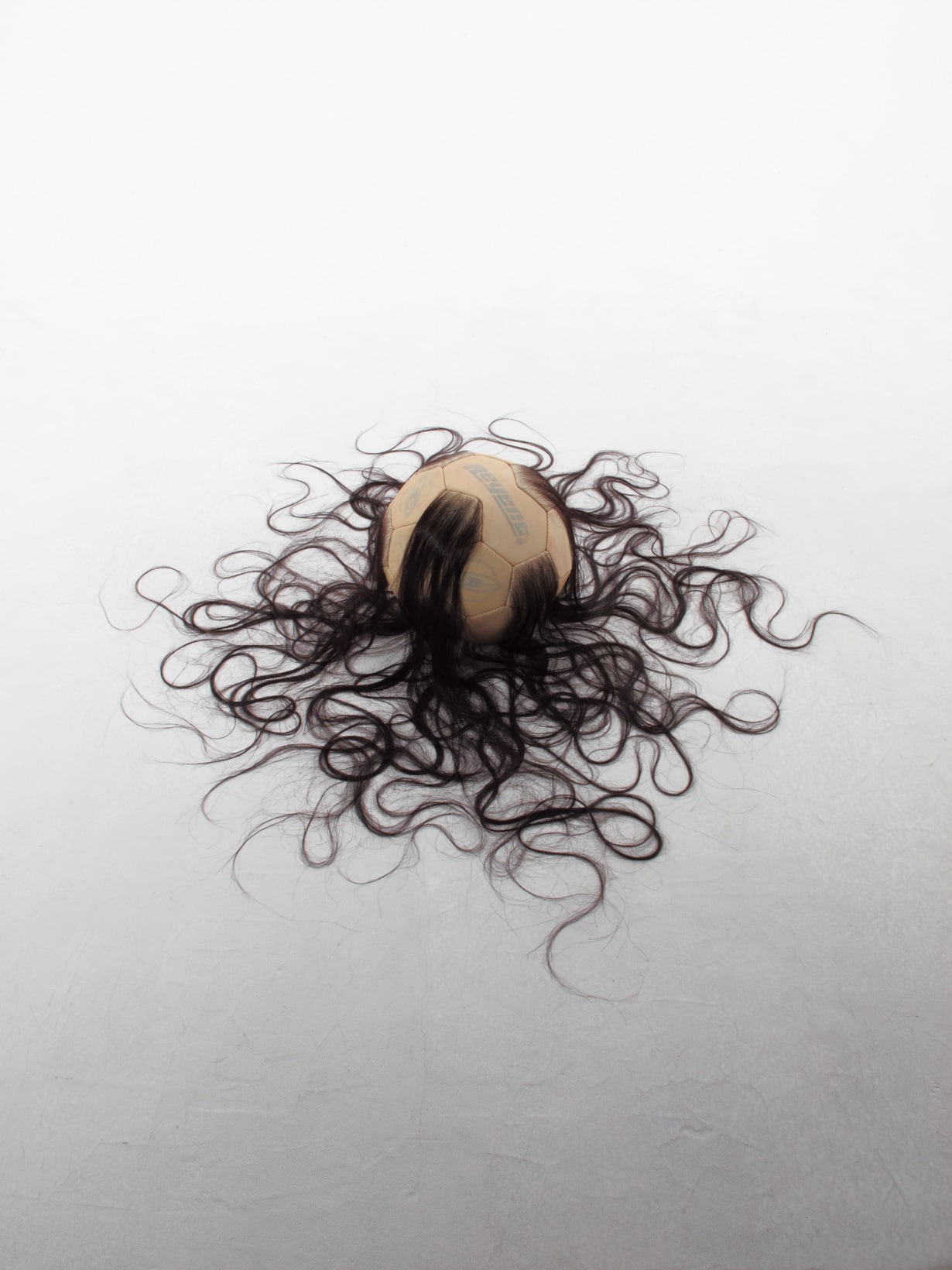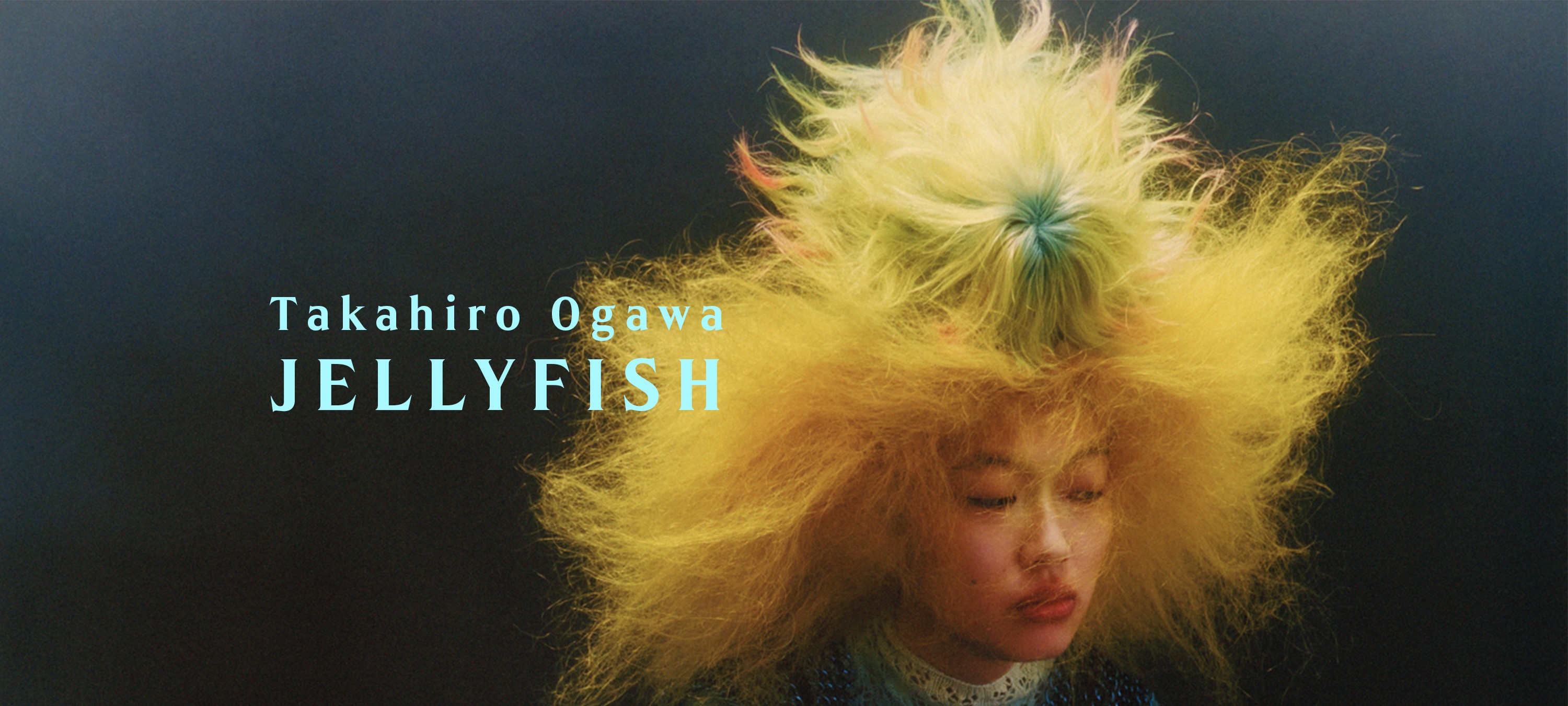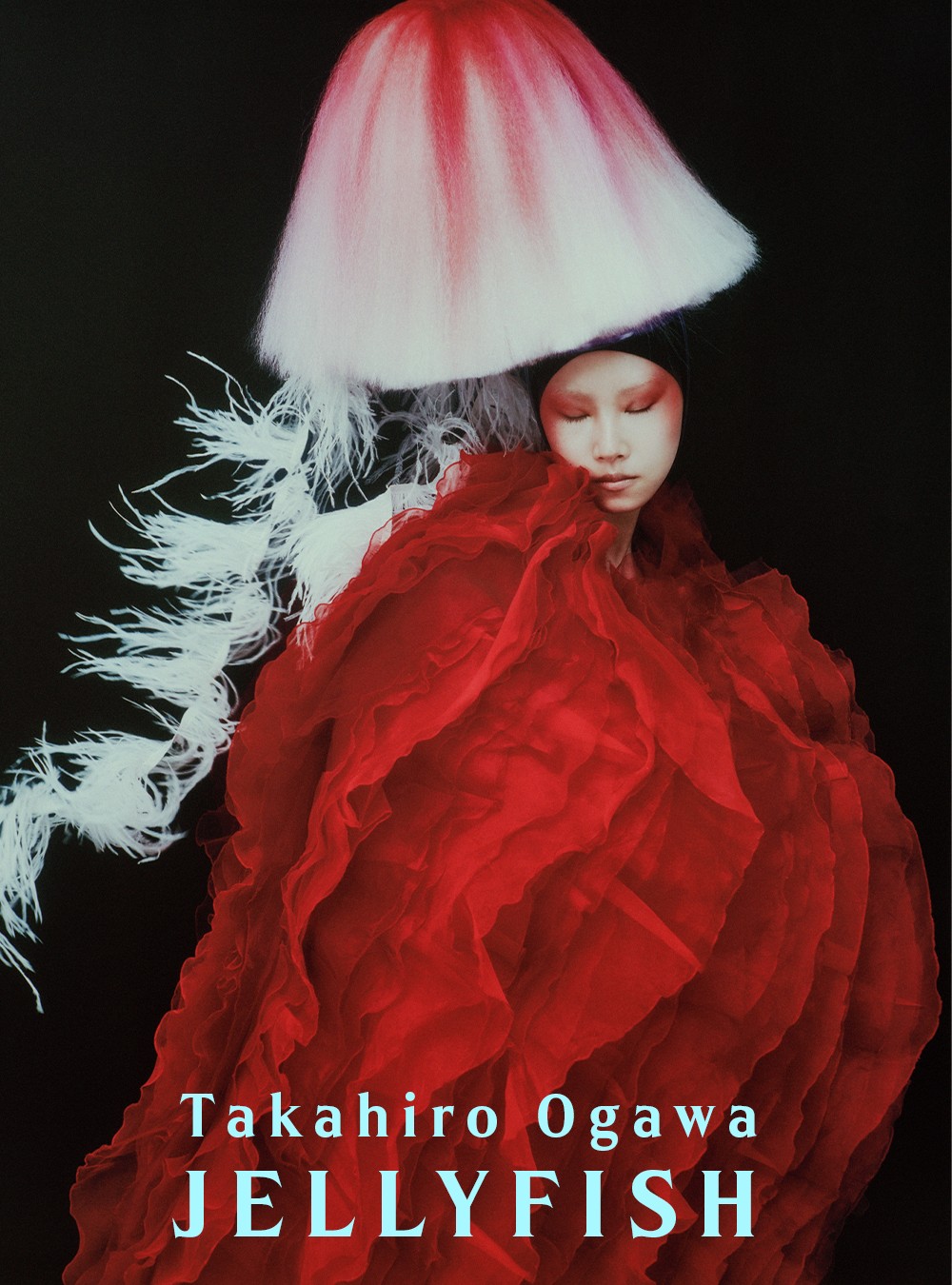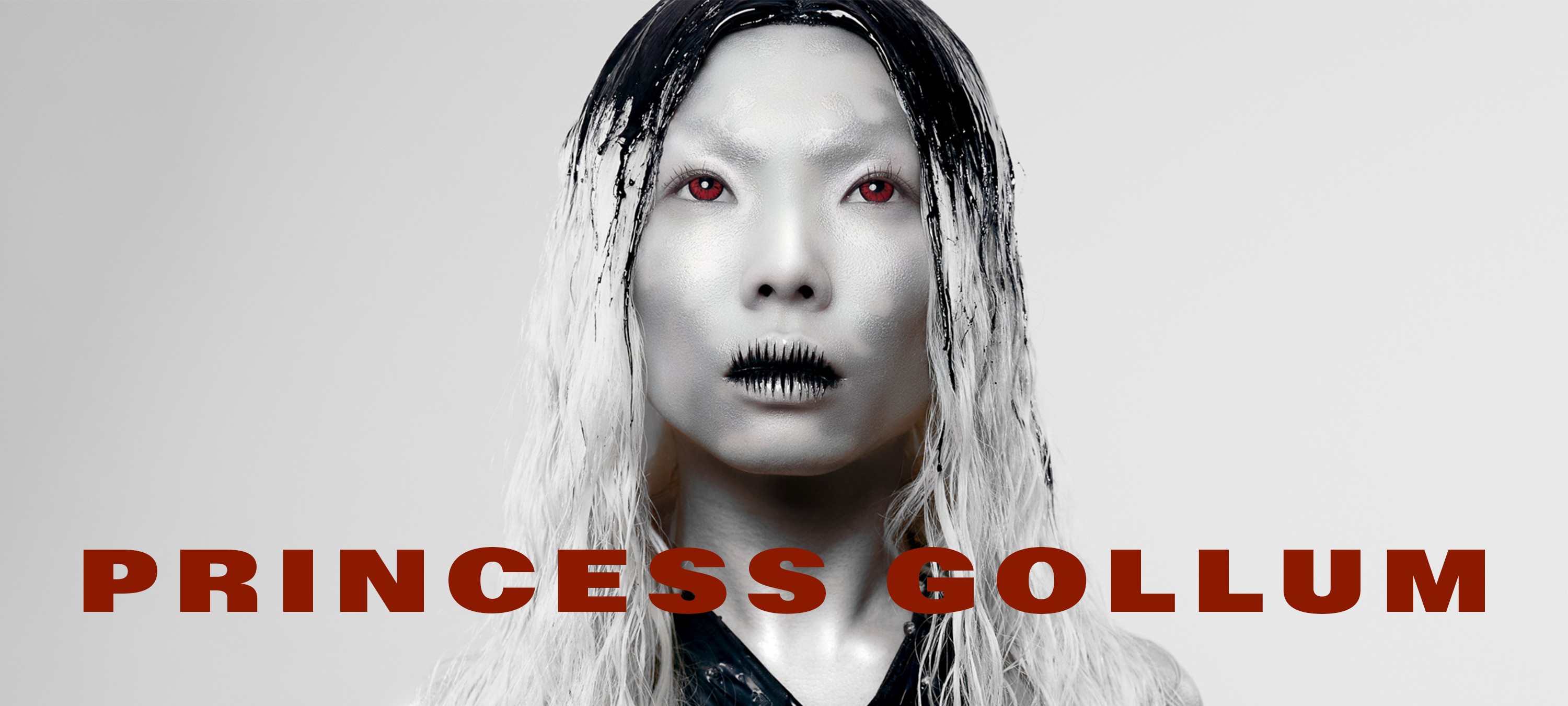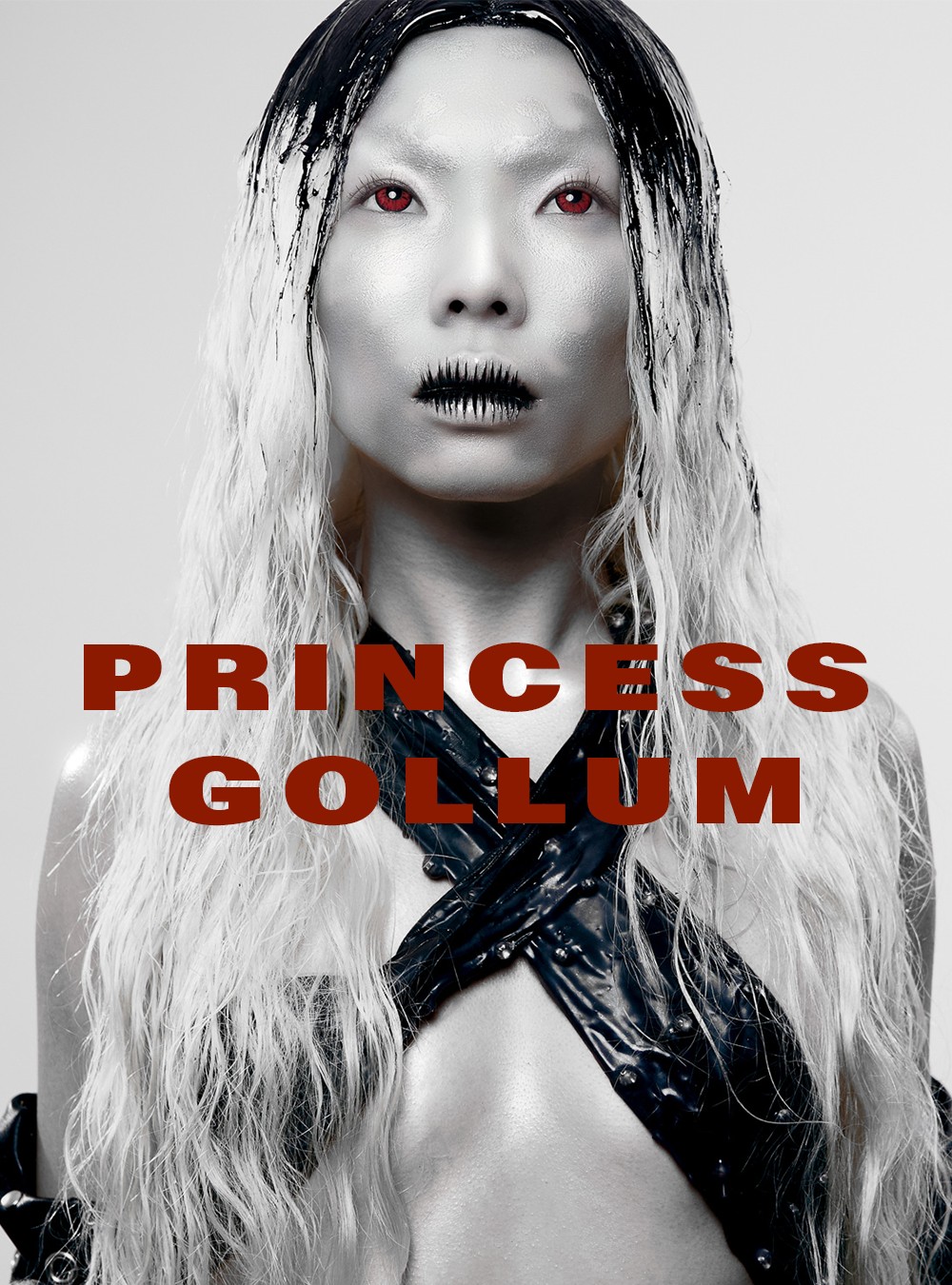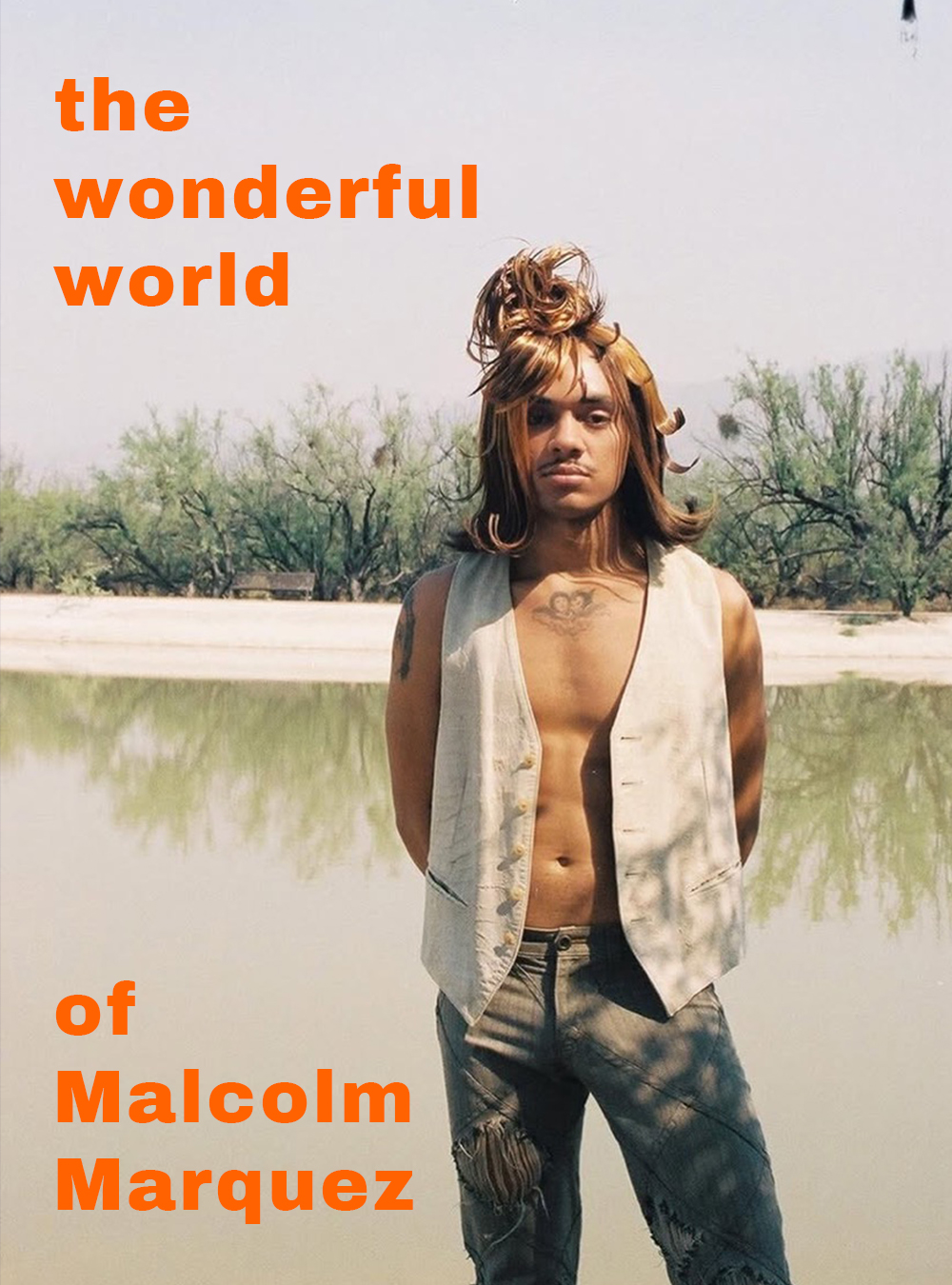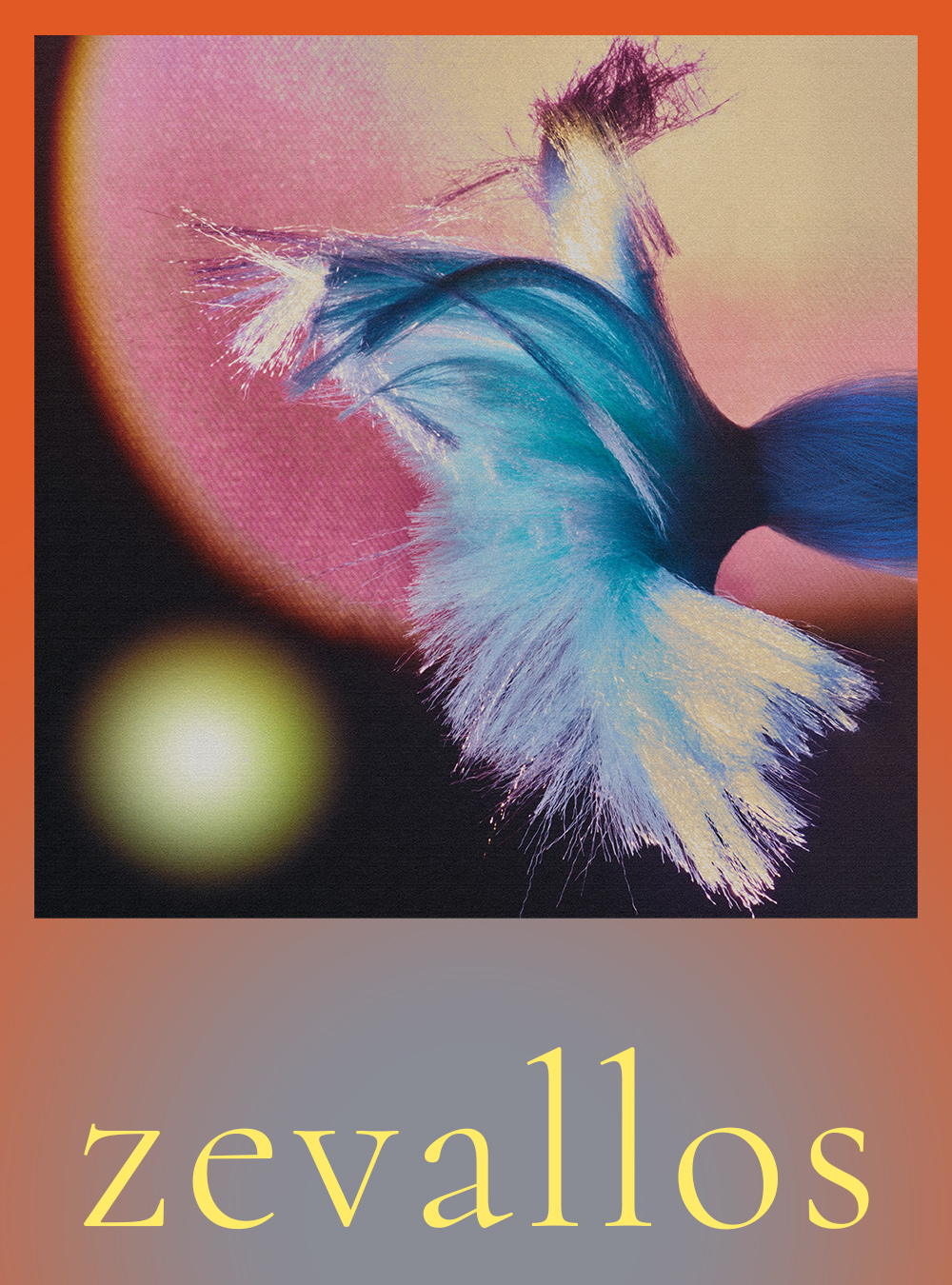ART + CULTURE: Takahiro Kudo disrupts everyday objects using skin and hair
Images: Takahiro Kudo
Words: Katharina Lina
Takahiro Kudo is the Japanese artist who adds hair and skin to unexpected objects to challenge the viewer’s perspectives and presumptions. Between finishing his Bachelor’s degree and starting his Masters in Art, he took an unusual educational detour: studying at a Prosthetics and Orthotics Department for two years. Here he became familiar with the creation of artificial skin, which enabled him to apply his skills for his series VoS, in which he aimed to disassemble his own experience with the body’s largest organ.
Speaking about the themes he explores within his work, Kudo explains, “as an artist, I play around with the idea of restrictions in my art practice. Sometimes its presence must be very subtle and relatively vague when observed by the viewer. What the spectator sees is their personal projections generated by given conditions at the very moment of engaging with the work.”
In a time of Internet censoring, and refugees crossing borders, the art of analysing and challenging limits and constraints is more significant than ever. By replacing the original material of his chosen items with skin and hair, Kudo offers the viewer an unexpected perspective that transcends the restrictions our minds have learnt to anticipate. Something as ordinary as a football suddenly becomes a disturbing creature when long strands of hair grow out of the faux human leather. One could only imagine what we can achieve if we rid ourselves of the idea of restrictions and start pushing limits to our liking.
“Our perception of skin is very much supported by the presence of hair, as can be seen when hair is shaved off and the skin suddenly looks unfamiliar.”
Prior to taking your Masters in Art, you studied at the Prosthetics and Orthotics Department of Kobe College of Medical Welfare. How do you think this has influenced your approach to your art, and your exploration of skin and hair? In my work, hair is often paired with artificial skin. If I’m honest, at the time I didn’t have a concrete vision of how I would develop my career as an artist, but I did have an idea of what I wanted to produce in the first place: a series about skin. As I finally started to develop the series, I realized how unsettled our perception of skin is. We refer to skin as a dividing organ; the border within which we reside. However, our visual recognition of it is so dependent on all the elements relating to it – most notably hair. Our perception of skin is very much supported by the presence of hair, as can be seen when hair is shaved off and the skin suddenly looks unfamiliar.
With works such as Untitled (Football) and Untitled (Canvas) what is your intended response from the viewer? To me, my work implicitly forces the viewer to project their own thoughts on the represented things. It’s a mirage in a way. One finds the thing they desire in the mirage. In works such as Untitled (Football) and Untitled (Canvas), skin is treated as a mere material. Associated with the significance of the object – the surface of which is replaced by a skin, the works quietly enable the viewer to respond according to their own idea of skin.
- ANTHROPOLOGY OF HAIR
- ANTHROPOLOGY OF HAIR
- ANTHROPOLOGY OF HAIR
- ANTHROPOLOGY OF HAIR
- ANTHROPOLOGY OF HAIR
